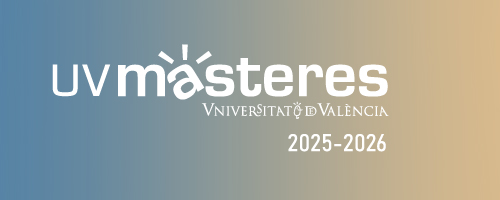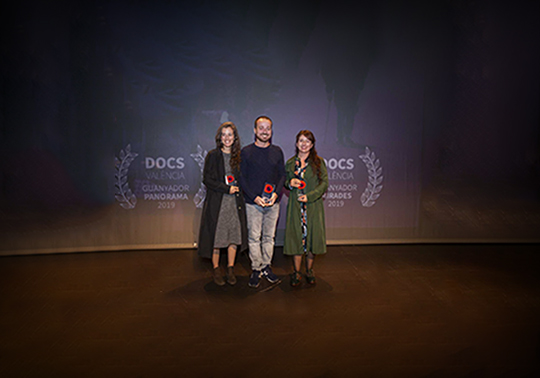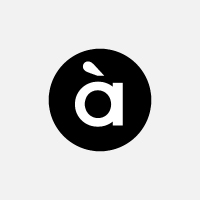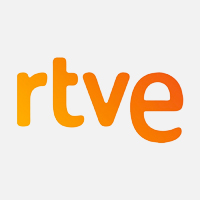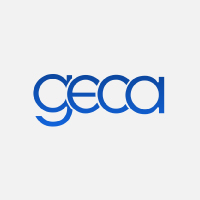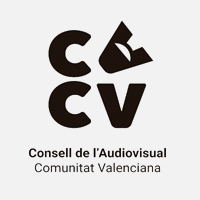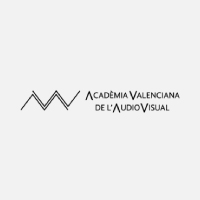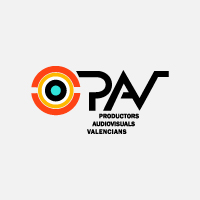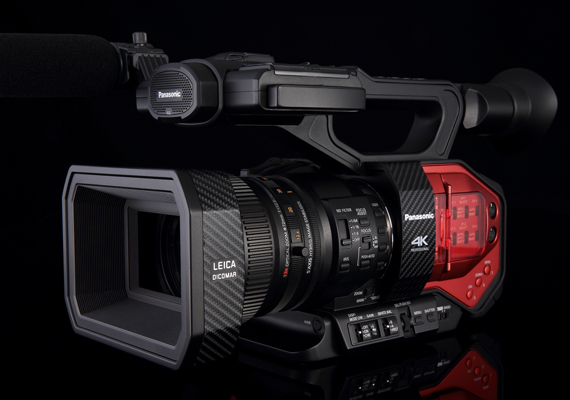
4k has reached television, movie theatres and mobile phones; however, it has not been spread enough for us to make the best use out of the possibilities it offers.
22 february 2016
4k or UHD (Ultra High Definition), is a standard image of 4000 pixels of horizontal resolution used in cinema, television and mobile devices. Its characteristics may vary depending on the target format:
4K in cinema
- 4096 × 2160 Resolution;
- 24 fps (Frames Per Second)
- 8 Bits colour depth
4k in television
- 3840 × 2160 Resolution;
- 50 or 60 frames per second
- 12 Bits colour depth
The main difference between 4k/UHD and Full HD is the pixel density or quantity of information found in each inch of this new format. The greater the pixel density is, the bigger the image’s detail will be.
Nowadays, brands such as Panasonic, Sony and Canon have created professional and amateur cameras which record video in 4k. All this regarding video production. Regarding reception, companies such as Samsung, LG, Panasonic and Sharp are also betting for television able to broadcast contents in Ultra High Definition.
The phone industry is not left out of these 4000 pixels. The Sony Xperia Z5 is one of the first smartphones with the ability to shoot in 4k. It is expected for new devices which include this novelty to be presented at this year’s edition of the Mobile World Congress.
Up to this point, it is important to clarify what our current situation is and to analyse the main advantages and disadvantages of 4K compared to Full HD, both in the broadcast and in the reception.
Advantages
- The greater the resolution is, the better the quality.
- The colour depth may reach 12 colour bits compared to the 10 usual ones of the Full HD.
- The H.265 Codec or HEVC used to process 4k duplicates the compression relationship of the H.264 but maintaining the same quality.
- Camera, television and mobile phone creators are betting more and more for the 4K.
Disadvantages
- The content recorded in 4K is still limited.
- To transfer videos in 4K it is necessary to have a minimum bandwidth of 25Mbps.
- The exported archives are very heavy and take up a lot of space.
- The prices of 4K televisions are not accessible for all pockets.
But, as usual with technology, we still can go even further. Sharp, the Japanese company of electronics has launched the first 8K television which offers a 7.680 x 4.320 pixel resolution and which costs €120,000.


